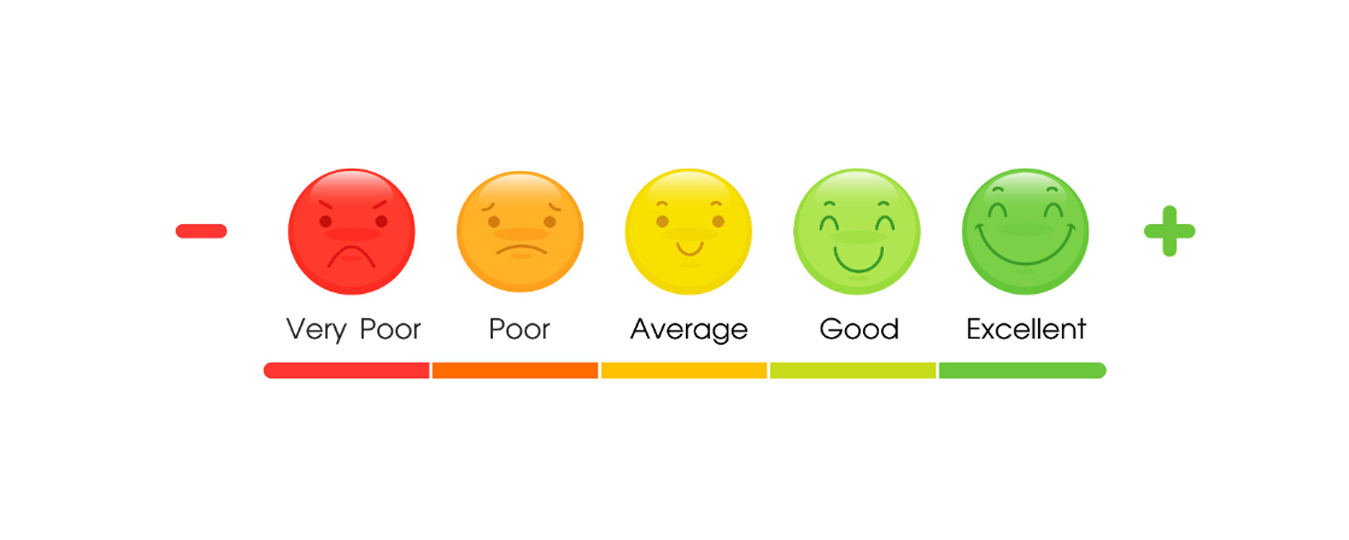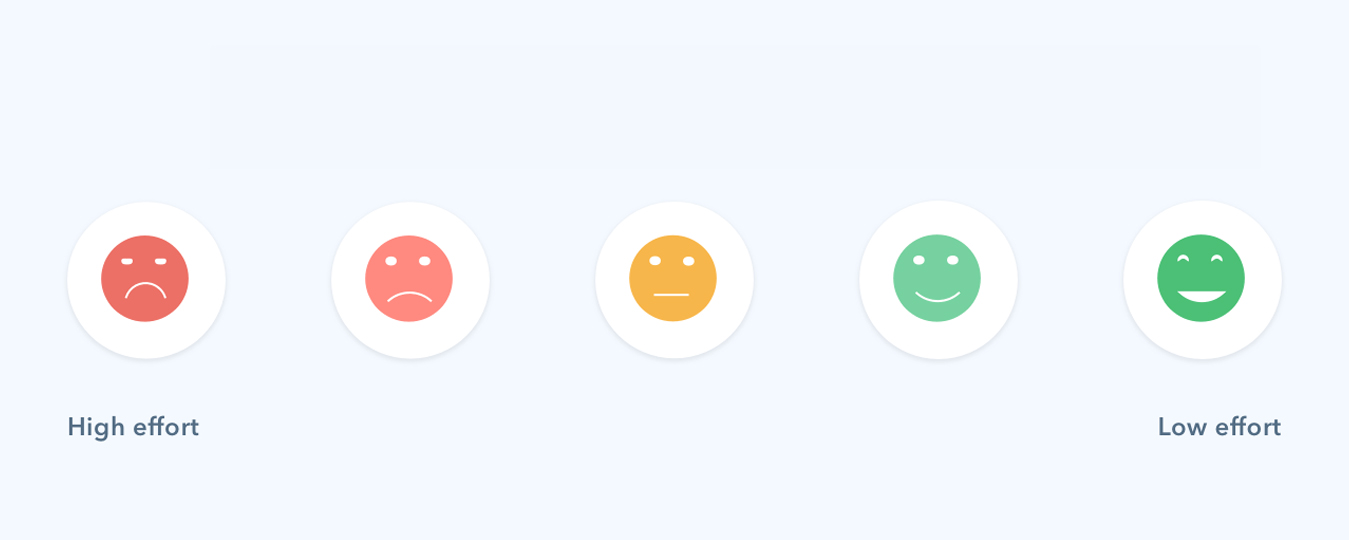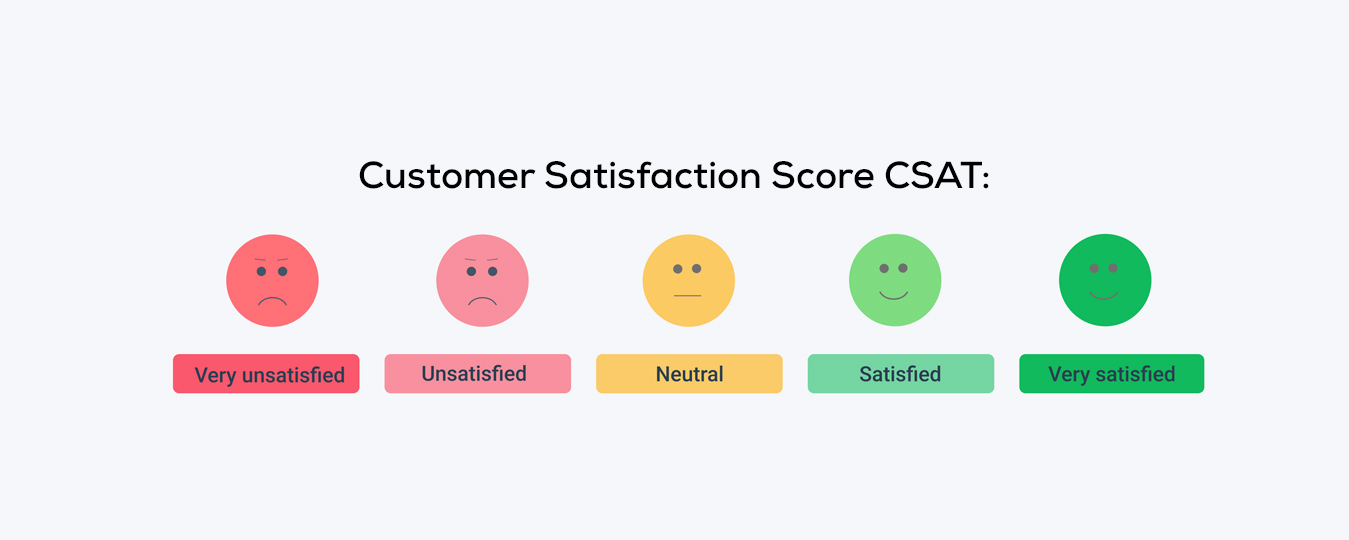Improving your product UX improves your customer experience throughout their online interaction with your brand.
Introduction
Every website, application, and business has a UX. The UX is the entire cycle of how a customer interacts with your products and services. It begins from the moment a customer comes across your website and ends when the customer is done using your product or service.
It’s important to keep note of the different elements of your customer’s experience. This can help you make improvements to your website and business.
A lot of the marketing buzz revolves around customer experience, but the question that needs to be asked is how you can measure it.
This blog will look at how user experience can support customer experience metrics and how you can use it to measure customer experience.
Understanding Customer Experience

In the modern business era, the customer is more significant than ever before. Take a view of the analysts’ recent work on the financial performance of companies that understood this, compared to those who didn’t.
Customer experiences are subjective, abstruse, and often emotional, so it is true that you lose a small amount of information when trying to gather, organize, and report about them systematically. If you’re willing to get a concise picture of your customer’s experience, first understand yourself as a brand and the type of feedback you want to receive.
In an ocean of consumerism, finding your brand’s “personality” is not easy, but indeed, is the best way to genuinely win over your customer’s loyalty.
A specialized, unique, and personalized company will gain higher quality customer feedback compared to one following the way of its predecessors to gain higher profits 💰.
Customer Journey

A customer journey is an experience that a prospective customer establishes with your company while trying to accomplish a certain goal. Not only the interaction with just one product but, the customer journey takes into account every point of interaction a customer has with the business.
Consumers usually have a pre-defined goal they would like to achieve when dealing with a business or an organization. A customer journey map provides a visual depiction of the steps it takes for the customers to accomplish that goal and how they felt about it.
Using customer journey maps allows organizations to understand their customers and accurately experience their brand as their users would.
Also, it helps identify pain points or gaps in the customer’s experience that the business can then address and remedy.
A customer journey map gives a more concise and efficient picture of whom businesses need to reach and contact. Because these journey maps visualize the life-long relationship between consumers and companies, providing designers and businesses with huge context when learning how to solve their buyer’s needs.
How to Measure Customer Satisfaction:

Researchers showed that the customer satisfaction measurement can be categorized into two systems
- The direct measurement system (data collected directly from the customers, for example through customer satisfaction surveys)
- The indirect measurement system (data surfaced from revenue streams, app engagement, etc.)
When measuring customer experience, the basic or standard approach is “scale rating”. The most commonly used is the scale from 0 to 10, mostly because of the similarity with the worldwide scoring used in the education systems, but also can be scales of 1 to 7, thumbs-up,1 to 5, emoticons, and stars.
Given the various categories and the variety of information streams, there are a number of tools and metrics used to reach out to the customer and to analyze the results – data that if acted upon by the consumer will follow up to increased customer loyalty, and retention and as a result revenue.
Customer Experience (CX) Performance Metrics:
Surveying 27,000 customers, McKinsey found that as compared to measuring the key touchpoints, measuring the overall journey performs to be a better predictor of an effective experience. As they stated:
“A company’s performance on journeys is 35 percent more predictive of customer satisfaction and 32 percent more predictive of churned customers than performance on individual touchpoints.”
Measuring CX performance metrics is essential. These can inform you how beneficial or difficult it is for consumers to use your products, which has a direct influence on whether those consumers will refer you to their colleagues and friends or stay with your business.
Customer experience can be measured through these cx metrics to determine success so that we can refine the products and influence new customers for good.
How to Measure Customer Experience:
UX Metrics are one of the KPIs to measure customer experience, also comparing, and tracking the quality of the consumer experience over time. Multiple factors contribute to understanding the CX score or customer experience score of your product.
To understand the whole process, we divided the three main customer experience metrics into six. The following will help you understand how you can measure customer loyalty through customer experience through 6 different metrics, that are:
- Customer Effort Score (CES)
- Customer Satisfaction Score (CSAT)
- Net Promoter Score (NPS)
- Customer Retention Rate
- Customer Churn Rate
- Customer Experience Index (CX Index)
Each of them is elaborated below.
Customer Effort Score CES:

Example of Customer survey image
Customer Effort Score, also known as CES, is a key cx metric that is used to measure customer satisfaction levels by targeting the efforts that those customers make to interact with your business’ products and services.
The idea behind the Customer Effort Score (CES) is that businesses create loyal customers when their consumers can find what they are looking for or provide solutions to their issues easily and quickly.
How you can use it to improve the Customer Experience:
The strongest incentive to use Customer Effort Score surveys is the fact that According to the Harvard Business Review (HBR) research, 94% of customers who report their interactions with a business or brand being “low effort” will repurchase while 88% would spend more.
These results strongly predict future purchase behavior.
CES Surveys are usually used:
- Immediately after the interaction between the client and customer support.
- Whenever an organization wants to measure the overall experience customers have with their services or products.
- Right after a buyer interacts with a service or product and makes a purchase or gets a subscription to the service.
Acknowledging your CES will also let you know where the customer experience is smooth and highlight where there are friction points. Optimize this data to make your services easier for consumers to use and elevate your customer experience KPIs.
Customer Satisfaction Score CSAT:

An example of csat survey
The customer satisfaction score is a customer loyalty metric also termed CSAT. So, if you ask how to measure customer loyalty, improving your CSAT score along with the NPS score is the answer.
Customer Satisfaction Score (CSAT) possesses a 5-point scale from 1 very unsatisfied to 5 very satisfied. CSAT is a well-defined metric that is expressed as a percentage. 0% is considered terrible_ 100% would be fantastic
How you can use it to improve the Customer Experience:
The major advantage of customer satisfaction (CSAT) is its flexibility. It can be broken into individual questions to target the particular entities of the customer journey. It is a generally used metric acting as a key performance indicator for customer service and product quality in all sorts of businesses.
It reflects a user’s satisfaction with your brand at a specific touchpoint, like particular products, features, or functionality.
Asking them to fill up a survey is a great way to get your CSAT Scores from your customers.
Net Promoter Score NPS:
Similar to CSAT, NPS also measures customer loyalty. A huge number of businesses use the Net Promoter Score, or NPS, as a way to measure their overall experience. It is a customer satisfaction metric that will let you find out a number of aspects regarding customer experience.
How you can use it to improve the Customer Experience:
The following are the aspects that NPS highlights:
- How satisfied customers are with your services or products;
- How likely your buyers are to recommend your brand to others;
- How much loyalty they have for their brand;
Along with this, a brand can also use this metric to predict its customer churn rate and understand which clients need extra attention to become loyal.
Customer’s NPS is calculated by asking consumers how likely they are to promote a product or a brand on a scale from 1-10.
- Buyers who provide an NPS score of 0-6 are detractors;
- Those who provide a score of 7 to 8 are passive;
- Those giving a score of 9 to 10 are promoters.

In order to calculate your brand’s NPS, take the percentage of buyers who are Promoters and subtract the percentage who are Detractors.
An example of a net promoter score
Customer Retention:
Customer retention is a marketing strategy targeting the existing consumers involved and interested in the brand. These are customers who will return to the brand after doing an initial purchase.
Customer retention is an essential entity of the entire customer lifecycle, which brings consumers back to the sales funnel after they have successfully completed one or more purchases.
How you can use it to improve the Customer Experience:
Customer retention and UX/UI are interrelated entities and are inseparable. To improve your site’s conversion rates, start with retaining customers through design UX. You will get higher conversions soon after improving your site’s UX.

Retention can inform you when buyers will likely stop purchasing your products or services. This might be after a week, a month, or more. You can also get a look at how retention affects different cohorts of your audience.
Customer Churn Rate:
The churn rate is the number of those buyers who stop purchasing your product during a given period of time. This is the opposite of retention. It reflects how many consumers are leaving your business over time or are no longer interested in purchasing your provided services.
To calculate the Customer Churn Rate, simply look at the number of buyers you have lost compared to the number of customers you begin with, to get yourself a percentage.
How you can use it to improve the Customer Experience:
It is difficult to track Churn Rate, as it is more expensive to hunt new buyers than to keep existing ones.
The lower the churn rate, the more brand loyalty you will have.
The Customer Experience Index (CX Index)
Forrester introduced this index in 2016 as a way to keep an eye on brand touchpoints, measure customer loyalty, and learn how each affects revenue. The framework possesses two key indicators:
- NPS (Net Promoter Score)
- CSAT (Customer Satisfaction)
As a brand’s CX Index score raises, so does its ability to win and retain buyers.
Example of customer experience index

Measuring User Experience Makes a Difference:
UX metrics give data that let designers measure and compare the usability of digital products over time. They highlight areas of products that require to be improved and let designers make decisions based on facts rather than opinions.
Like all metrics, tools, and frameworks must be used in the right context. UX designers must technically and strategically interlink metrics to their client goals and user objectives.
For UX designers willing to build products that are both satisfying and easy to use, measuring the user experience makes all the difference.
FAQS on how UX helps measure Customer Experience
Is UX part of CX?
There’s no denying that UX and CX are closely related. After all, both disciplines are focused on creating positive customer experiences. However, they are not the same thing. UX is all about the design of the user experience, while CX is about the customer’s entire experience with a company, from start to finish.
So, while UX is a vital part of CX, it’s just one piece of the puzzle. To create truly great CX, companies need to focus on every touchpoint along the customer journeys, from awareness and acquisition to engagement and support. By doing so, they can create experiences that are not only easy and enjoyable to use, but that also meet the customer’s needs and exceed their expectations.
What is a CX measurement framework?
A CX measurement framework is a tool that helps businesses track and improve customer experience. It provides a structure for collecting customer feedback and data and defines key metrics for measuring CX performance.
A well-designed CX framework can help businesses identify areas of improvement, track progress over time, and benchmark performance against competitors.
How to improve CSAT Score?
Understanding your audience and their pain points is a great start to improving your CSAT score over time. Knowing who your target groups are, what problems they face, and how your product can help solve those problems allows you to make realistic and essential modifications to your product hence increasing your CSAT Score.
What does user experience include?
User experience (UX) refers to a person’s emotions and attitudes about using a particular product, system, or service. It includes the practical, experiential, affective, meaningful, and valuable aspects of human-computer interaction and product ownership. UX is about how a person feels about using a product, system, or service.
User experience includes all aspects of a person’s interaction with a product, system, or service. It includes the practical, experiential, affective, meaningful, and valuable aspects of human-computer interaction and product ownership. UX is about how a person feels about using a product, system, or service.
How to improve NPS Score?
There are essentially three points to consider when you want to improve your product’s NPS score. These are,
- Communicate with your customers,
- Make your employees aware of NPS and how to get it from your customers, and
- Use previous NPS feedback to improve your customer experience and make necessary product changes.
When you pay attention to these three factors, you can increase your NPS score to get more consumer advocates among your customers.
Conclusion
In this blog, we discussed how User Experience (UX) can help measure customer experience for your product. We went in-depth to discuss customer experience metrics and how to measure them. Apart from that, we also showed how user experience (UX) is related to customer experience (CX).
The 6 CX performance metrics we discussed were:
- Customer Effort Score (CES)
- Customer Satisfaction Score (CSAT)
- Net Promoter Score (NPS)
- Customer Retention Rate
- Customer Churn Rate
- Customer Experience Index (CX Index)
Do you measure customer experience scores for your brand and product? If not, now is a good time to start.
How Can Yellow Slice Help 🚀
Yellow Slice is a UI/UX design company with an experience of more than a decade and a half. With our expertise in UX design, we can help you strategize your digital product to give the best experience to your customers and users.
Our team helps you right from the UX research to understand your target audience and accordingly develops a user journey that can help solve your user problems with higher ease and efficiency. Hence, elevating a part of their customer experience while interacting with your brand.
Send us a message to discuss your project and for more articles like this one, be sure to check out our blog.




